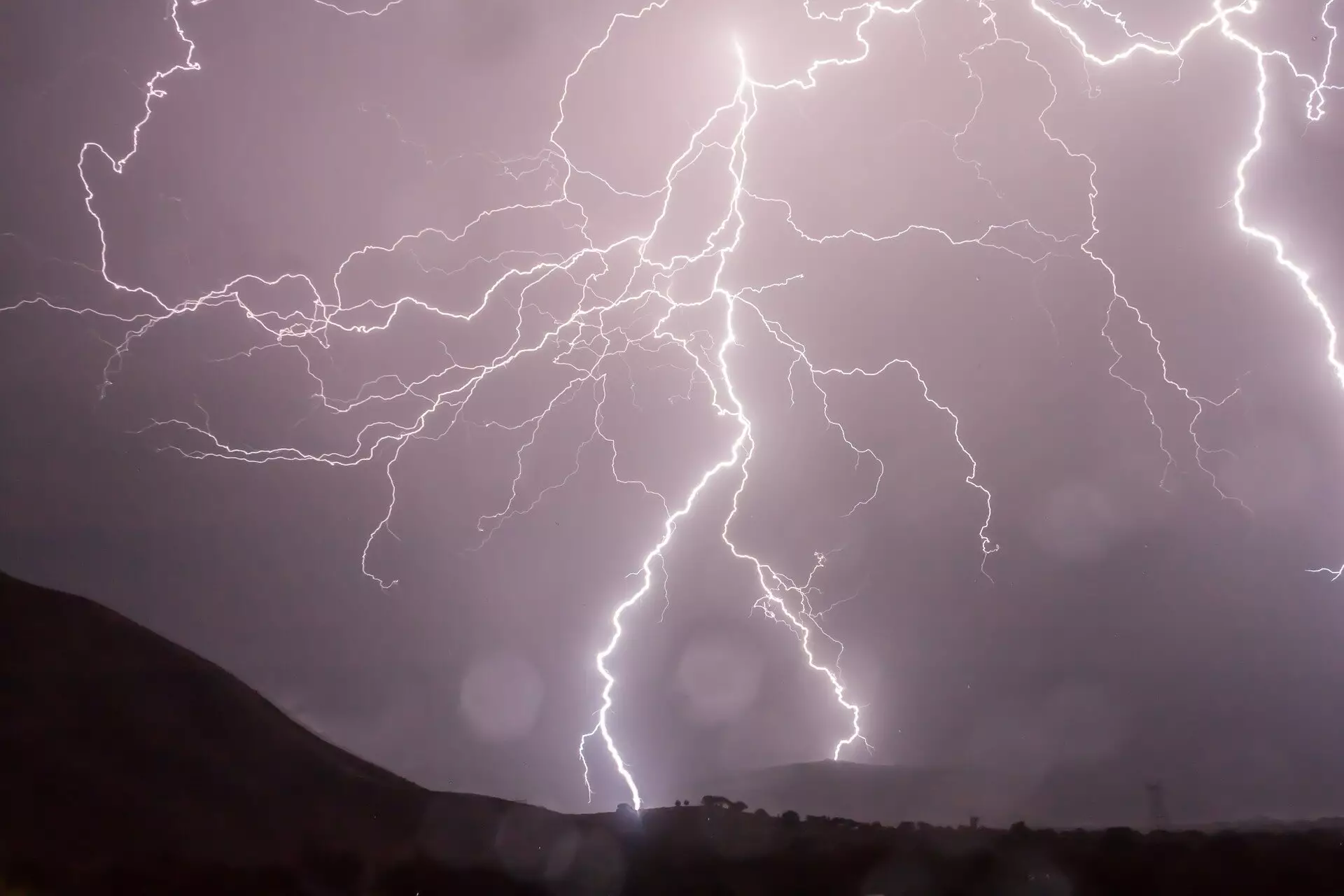Lightning has long been recognized as a significant natural cause of wildfires. However, recent research has highlighted that the frequency of lightning fires in boreal forests, which play a crucial role in carbon storage, is set to increase with climate change. This alarming finding underscores the urgent need for concerted efforts to mitigate the potential devastation of these fires. In this article, we will delve into the study’s key findings and explore the implications of lightning fires in boreal forests.
The study, titled “Extratropical forests increasingly at risk of lightning fires,” conducted by researchers from the University of East Anglia’s Tyndall Center for Climate Change Research and Vrije Universiteit Amsterdam, among others, utilized machine learning techniques to predict the dominant source of wildfire ignitions globally. The researchers found that in intact extratropical forests, predominantly situated in the remote boreal forests of the northern hemisphere, 77% of burned areas were attributed to lightning ignitions.
Furthermore, the study examined climate models to investigate how the frequency of lightning strikes would change as the planet warms. It revealed a significant increase of 11 to 31% per degree of global warming over intact extratropical forests, thereby intensifying the risk of wildfire ignitions.
Unlike anthropogenic fires, lightning fires tend to be larger, more intense, and restricted to remote areas and periods of extreme fuel dryness. The combination of rising temperatures, drier climate conditions, and increased frequency of lightning strikes presents a worrisome prospect for intact extratropical forests. These forests hold immense importance globally due to their role in carbon sequestration.
Extratropical forests are responsible for storing substantial amounts of carbon within their vegetation and permafrost soils. With approximately 91% of these forests in the northern hemisphere underlain by permafrost, any fires occurring in these regions release significant quantities of carbon dioxide (CO2) and other greenhouse gases. Surprisingly, fires in intact extratropical forests, occupying just 1% of Earth’s land surface, account for over 8% of global CO2 emissions from fires.
Furthermore, the study projects that fires may amplify greenhouse gas emissions from permafrost thaw by up to 30% by the end of the century. This estimation highlights the potential for lightning fires to exacerbate the release of greenhouse gases and contribute to additional warming, further intensifying the likelihood of fires and other adverse effects of climate change.
The urgency of addressing the threat posed by lightning fires in boreal forests is underscored by recent extreme fire seasons. Canada experienced a record-breaking fire season in 2023, with fire emissions surpassing the average of the previous two decades. Reports from Canada have attributed the widespread ignition of fires to lightning strikes. Similarly, the Siberian boreal forests witnessed record-breaking fire seasons in 2020 and 2021.
As greenhouse gas emissions from wildfires contribute to rising carbon concentrations in the atmosphere, a reinforcing feedback loop emerges. This phenomenon intensifies the problem of climate change, as the increasing frequency of fires contributes to greater greenhouse gas emissions, resulting in a further escalation of fire occurrences. The situation is particularly concerning in boreal forests, where carbon-rich permafrost soils, taking hundreds of years to form, are at risk of being lost to fire.
The research unequivocally demonstrates that the risk of lightning ignitions rises substantially with global warming. Every fraction of a degree of warming averted directly correlates to a reduced risk of wildfires. Urgent action is required to address climate change and alleviate the pressures on boreal forests.
The study’s findings shed light on the growing threat of lightning fires in intact extratropical forests, which are pivotal in global carbon storage. As the planet warms, the increased frequency of lightning strikes poses a considerable risk to these forests, intensifying the likelihood of devastating wildfires. Urgent efforts to reduce greenhouse gas emissions and mitigate climate change are imperative to safeguard the future of boreal forests and avert the potential ecological and environmental consequences of lightning fires.



Leave a Reply